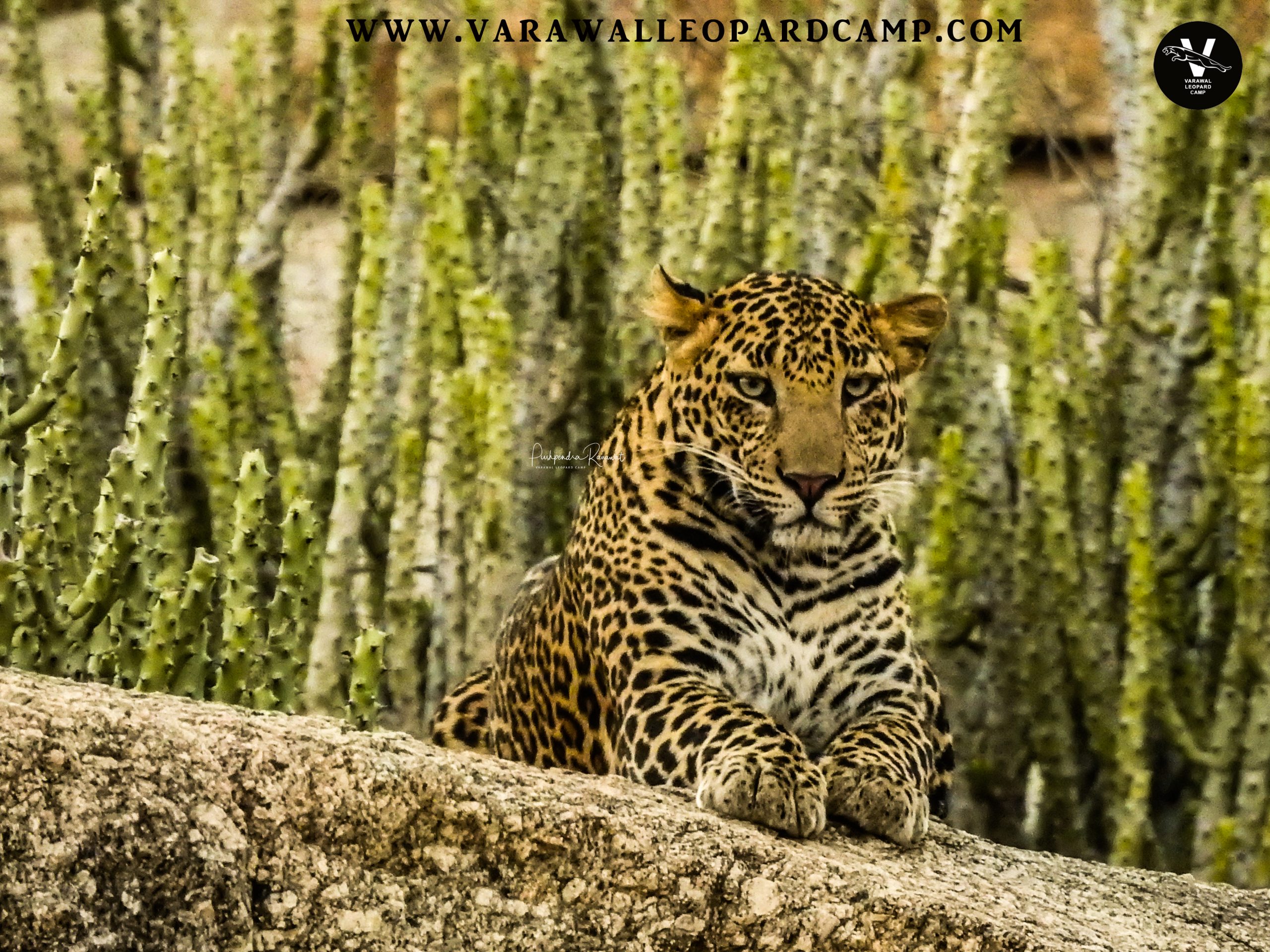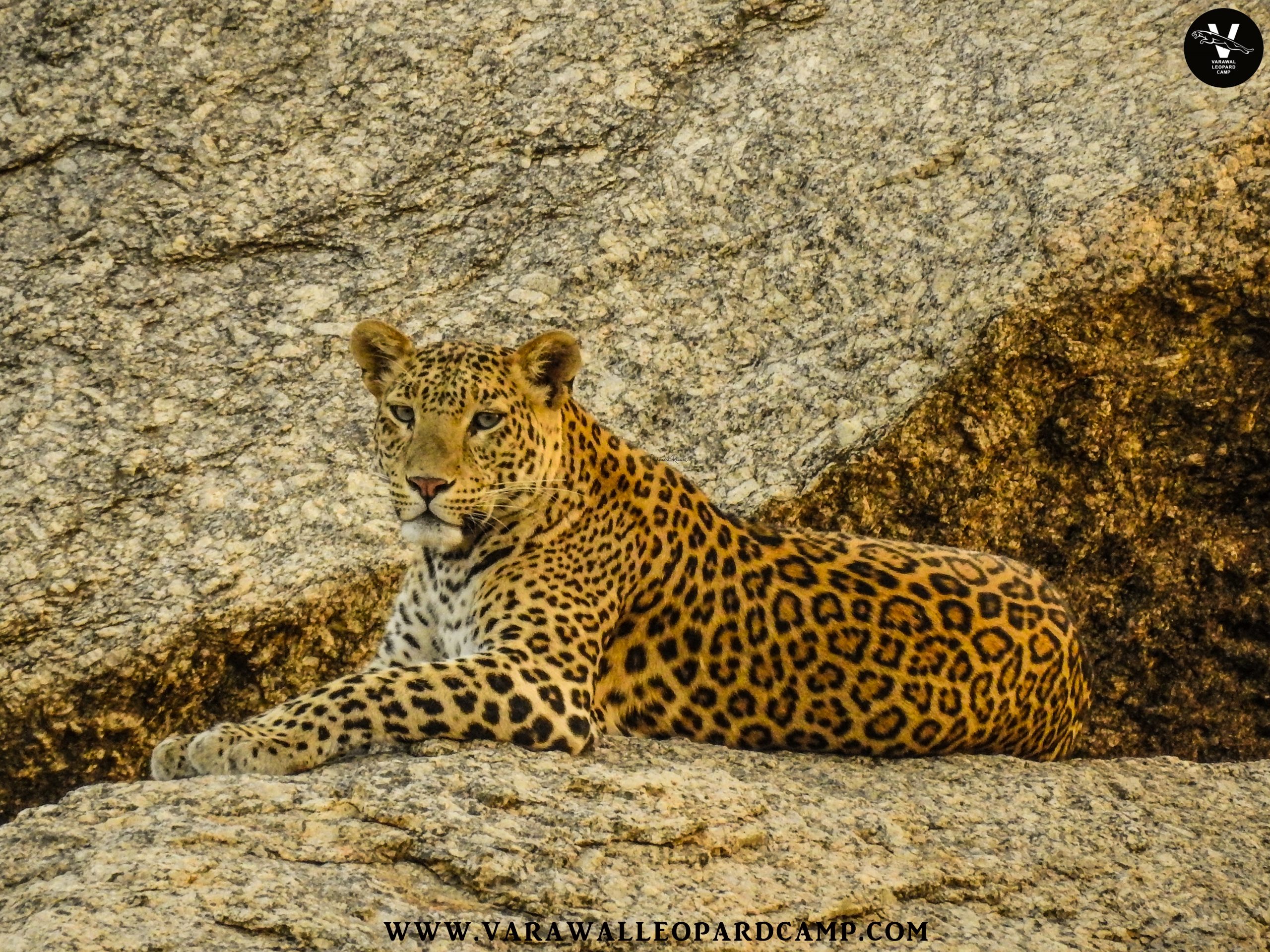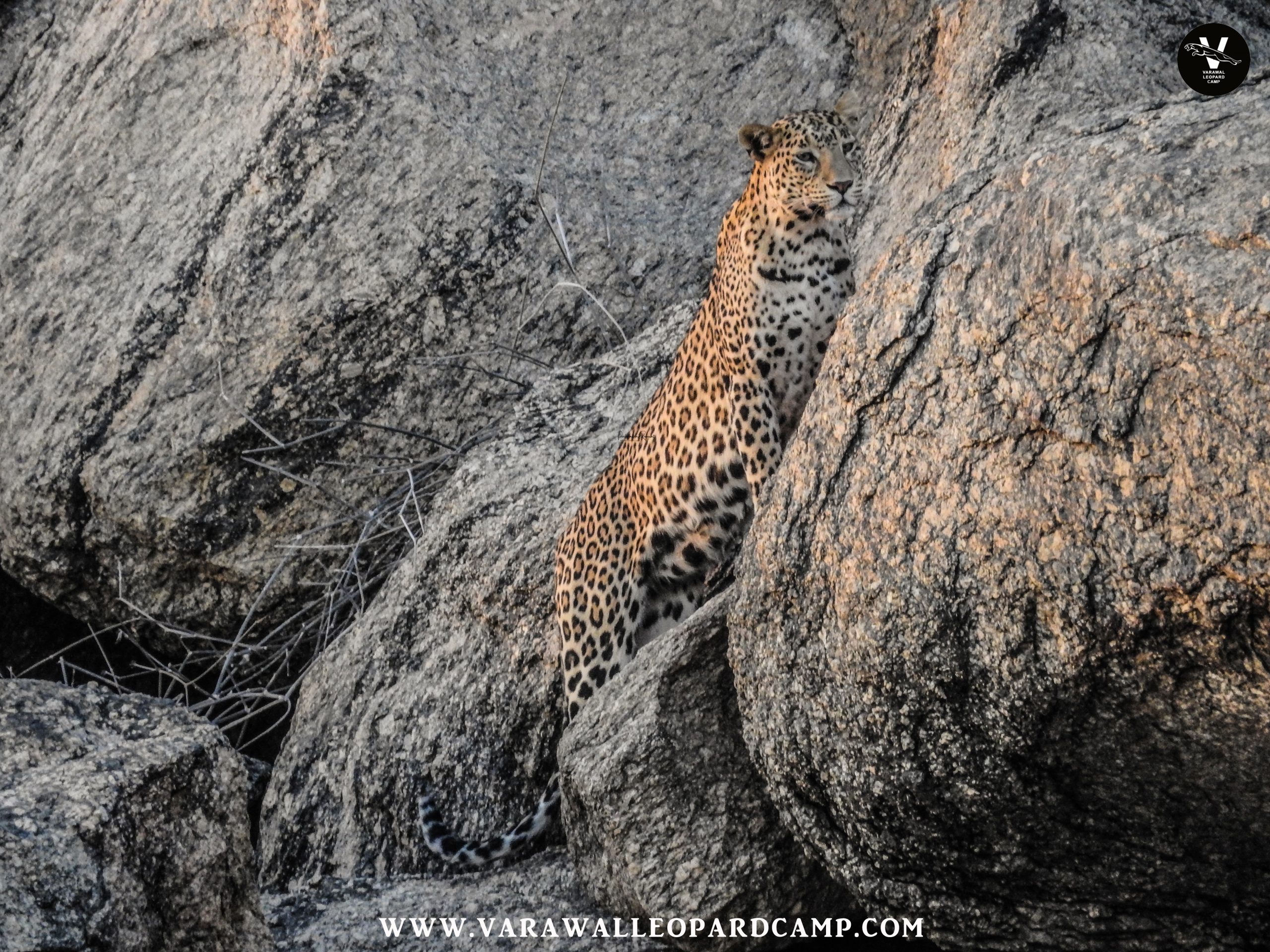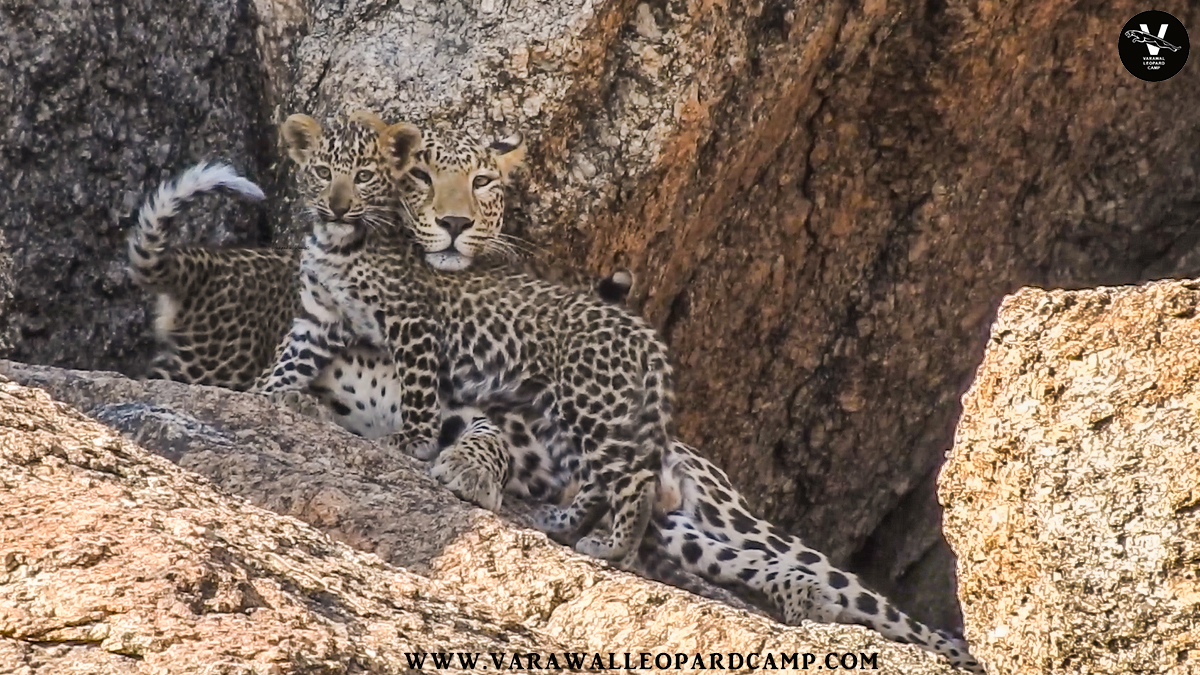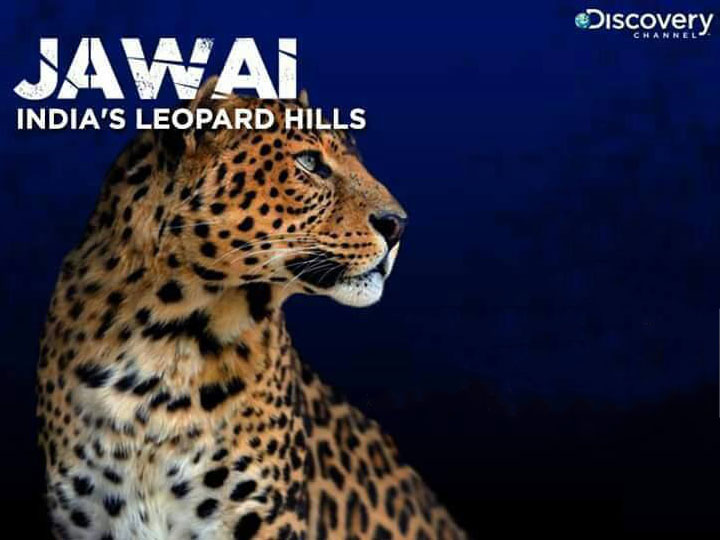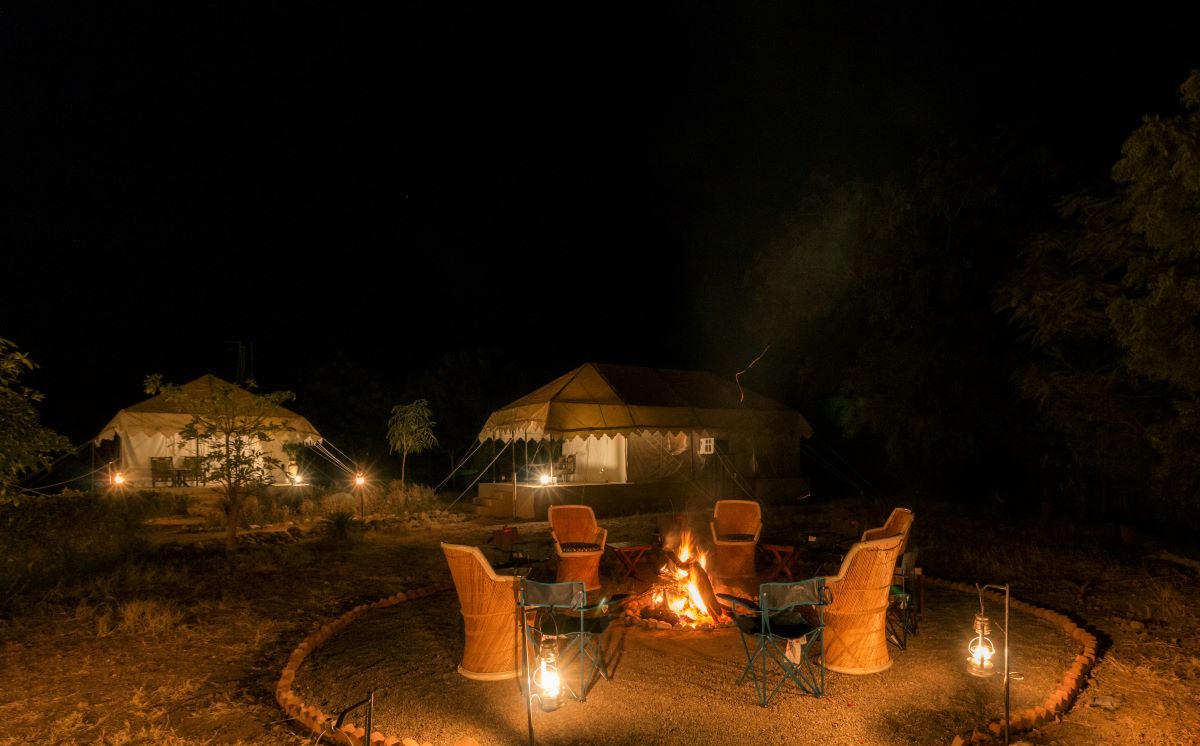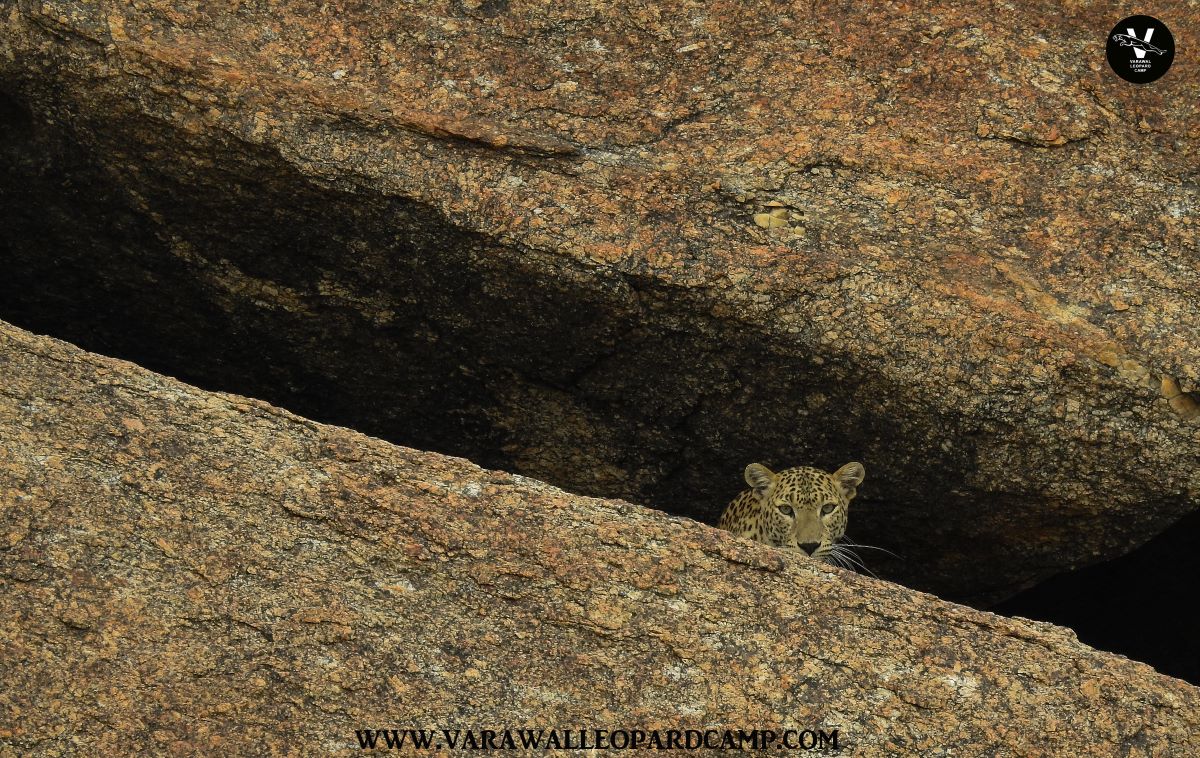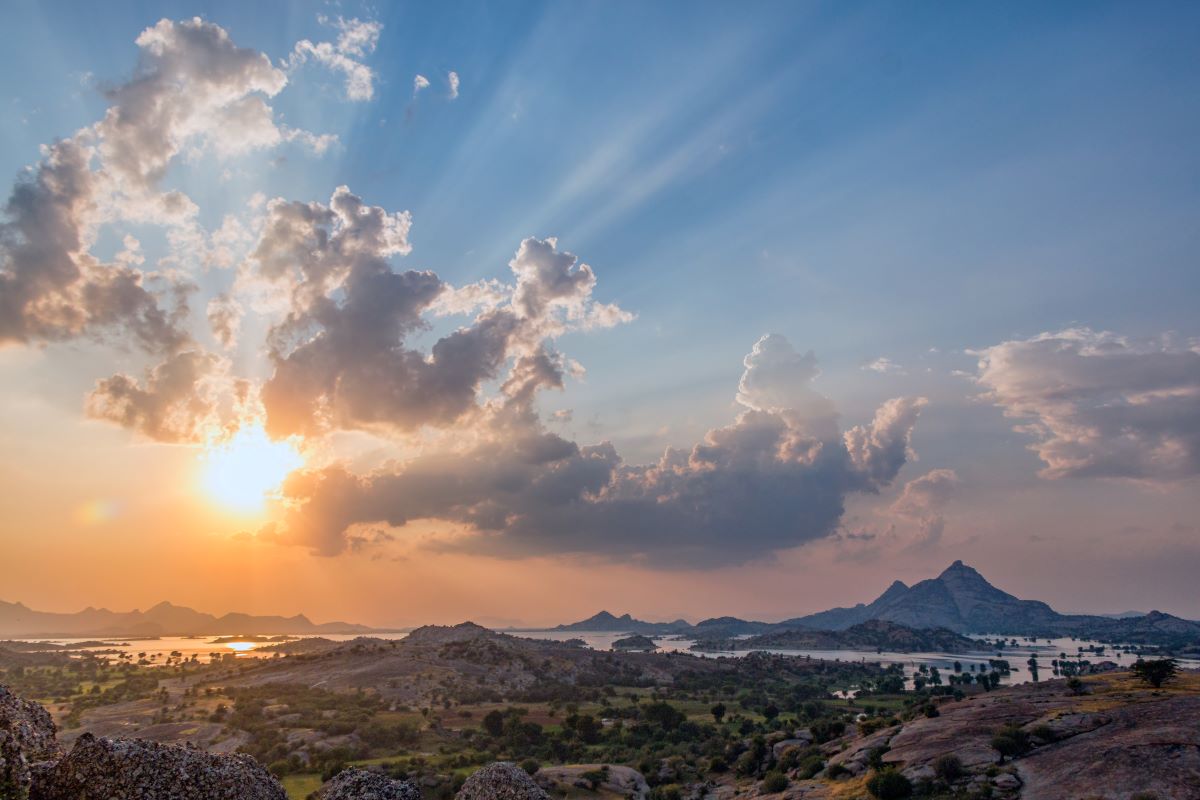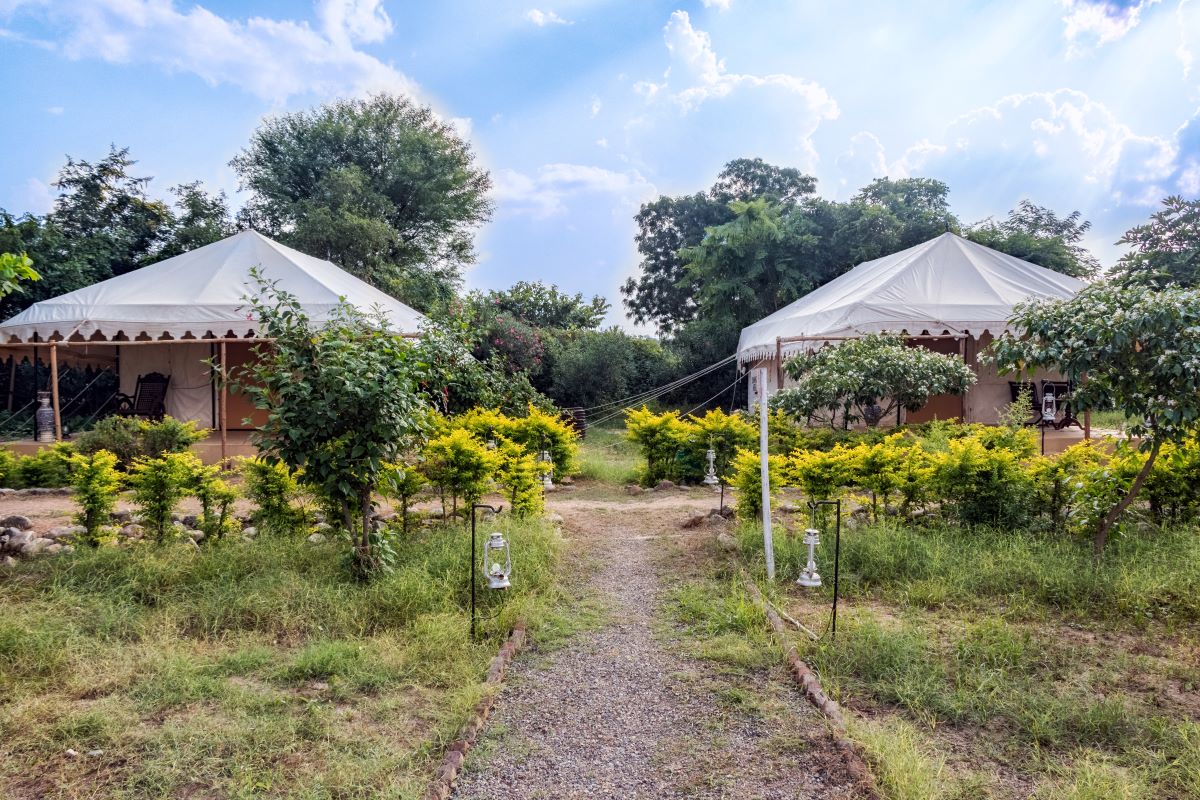How often does one pull out the acts of betrayal for fulfilling their desires? How often does the other person suffer before they finally give up? During a game of boxing, you can tap out. Do you have that chance in real life?
(You might want to know the beginning of her story? Read Nagini: The Survivor!)

The case could’ve been anything. It could’ve been because Nagini’s motherly instincts that suddenly pushed their way back to the emotional track or she might not have wanted to establish such relations of enmity with anybody. At the end of the day, Baghee started living across the cave that Nagini lived with her cubs. Now, if you’ve read our previous blogs, you’ll know that a leopard-mother has a secret cave for her cubs when she is not around: which in this case was below the one that they already lived in. A male from an area named Bisalpur nearby visited Nagini’s cave.

All of us, including me, who were constantly keeping track of the activities going around, were frightened: frightened for the cubs. Nagini had left that evening, maybe for food, maybe for something else. The male from Bisalpur was a conqueror. As conqueror; the only thing that he would have ever been worried about was killing the cubs & mating with Nagini, all leading to acquiring the territory. With him approaching the territory and the locals terrified, the only thing that was expected out of thin air was a miracle. Yes, he wouldn’t care for anybody. As I have mentioned before, nothing matters between these species after a certain point of time.
As soon the cubs came out of the cave, the conqueror male seemed to attack, Baghee took a huge leap on him with Nagini approaching the spot of incident. Basically, the mother-son duo (Nagini & Baghee) fought against the conqueror. The fought so fiercely that he had to run for his life. A few weeks after the fight, Baghee had left the group along with the cubs.

Nagini, on the other hand, came in the heat of mating and searched for a mating partner. She was spotted mating with Nagwasi, on the rock of the Devgiri Temple. Even at present, Nagini lives there.
Now we knew that Nagini has conceived her 3rd litter. Every single person in Jawai, who were keeping a track of her activities seemed to eagerly wait for the 3rd litter. However, everyone was taken aback with an incident that took place in late December of 2018. Nagwasi is not a male committed to a single area. He had territories everywhere. Around those days, Nagwasi was also mating with a leopardess from Bisalpur. He had called her to the territory where Nagini lived. The reason behind that was only one: Nagwasi wanted to conquer Nagini’s territory. Why?
Because that was an ideal place to live. The dam was nearby, the prey could be found easily & nobody threatened them. Conceiving the cubs made Nagini weak. She was on the verge of delivering when this fight came upon her. On January 1st, 2019, the 3rd litter of Nagini was spotted. She was also spotted hunting a porcupine which unfortunately resulted in her face injury. However, the Bisalpur female hadn’t left yet. She would definitely take whatever she wanted.

She attacked Nagini in Nagwasi’s absence. With Nagini already weak from the delivery, she couldn’t fight much. However, she gave her best. She fought with all the courage that she could sustain and bring out of herself. She fought bravely. Unfortunately, she fell on a vast rock and broke her ribs. We got to know about it when the forest department gave us the permission to check up on her. I, personally went inside the cave. On 10th January, 2019, Nagini was declared dead. She might’ve suffered from pain. We don’t know how long she suffered before she finally gave up.
Her 3rd litter of 3 cubs(2 males & 1 female) were found shedding tears and are put taken care of by the forest department. Also, the area was later conquered by the Leopardess Lakshmi.
One can only imagine but not feel other’s suffering. It’s a gift that every human being has received & also a superpower one desires. Rivalries between animals and humans are alike. Everyone follows acts of betrayal. The only quality that differentiates between the two is ability to forgive!
~~NOTE: The story has been written from Mr. Pushpendra’s (Owner’s) point of view. All the experiences described in the story are his personal experiences and has nothing to do with the writer~~
I am an engineering student with a developed passion of writing over the years. I love to scribble mostly about my own experiences. I stand strong on the belief that writing can a make a person vulnerable and resilient at the same time. My strongest urge to write what I feel is undeniably resolute. Loves to explore books, music and stories at anytime of the day.

